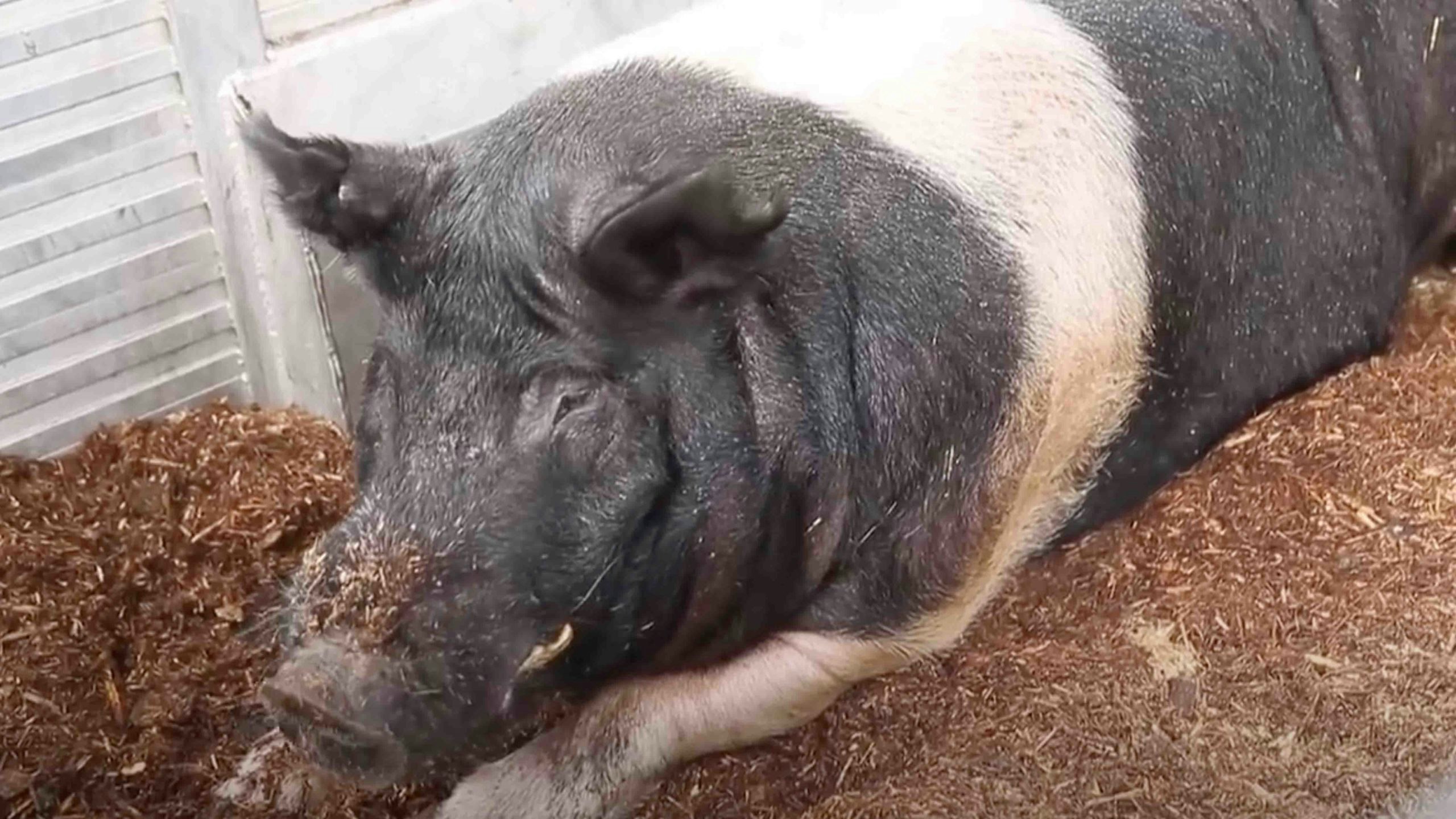Wyoming’s pork producers could face hard times following closures of major meat processing plants across the U.S., but a federal program is in the works to lessen the blow.
With three of the country’s largest pork processing plants — Smithfield Foods in Sioux Falls, South Dakota, JBS pork processing in Worthington, Minnesota, and Tyson Fresh Foods in Waterloo, Iowa — closing during a portion of the pandemic, Wyoming is running out of places to send its pigs, said Jeremy Burkett, the Wyoming Pork Producers Council executive director.
“We’re going to see the trickle-down effect in Wyoming,” Burkett said. “It’s just a matter of weeks before we see no need for our pigs.”
The closures were a result of extremely high COVID-19 infection rates among pork plant workers. Nearly 900 of 2,200 workers tested positive at a Tyson plant in Indiana.
After 850 workers tested positive for COVID-19 at Smithfield’s South Dakota plant, the facility was closed. However, it is partially reopening in the face of an executive order signed by President Donald Trump on April 28 compelling some meat processors to continue operations.
Reopening the plants could help some producers, but the biggest initiative to prevent the nation’s hog farmers from going under comes from the U.S. Department of Agriculture.
The USDA Coronavirus Food Assistance Program (CFAP) could provide ag producers with about $19 billion in relief funding during the next few months, said Derek Grant, a Wyoming Department of Agriculture spokesperson.
“About $9.6 billion of that is going to be directed toward livestock,” Grant said. “And we’ve heard about $1.6 billion could be set aside for hogs, but a lot of the numbers are still fluid.”
If eligible, ag producers could receive $125,000 per commodity, allowing producers with diverse crops or livestock to apply for more relief, but Grant explained no entity can receive more than $250,000.
Burkett said the largest pork producers in Wyoming focus solely on hogs.
“There is roughly 750,000 weaned pigs shipped out of the state every year,” he said. “We don’t have a lot of corn and soy beans here, so we provide the weaned stock to finishers in the Midwest.”
Finisher operations take in weaned livestock and feed them a special diet, fattening them up before sending the animals to a meat processor.
Pork operations are active throughout the state, but are most common in Laramie, Platte and Converse counties, Burkett said.
The lack of markets for Wyoming’s pigs has put producers in a difficult position, Burkett said.
“I’ve never seen it like this,” he said. “We’re working closely with the USDA, our producers and all the professionals in our industry to come up with a means and measure to cope with the certain circumstances we have.”
Wyoming State Veterinarian Dr. Jim Logan said not having a place to send weaned pigs is a major problem for producers.
“Once those pigs are past a certain age, the become less marketable,” Logan explained. “But, it’ll really depend on the type of the operation whether or not this will have a huge affect on them. I do, however, think it will affect everybody in some way.”





